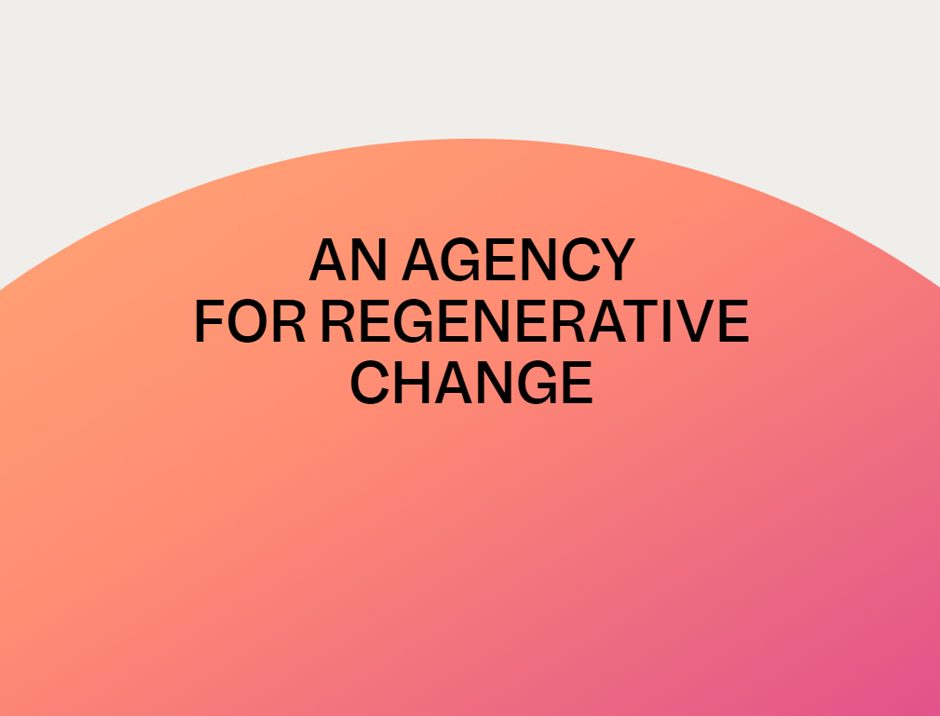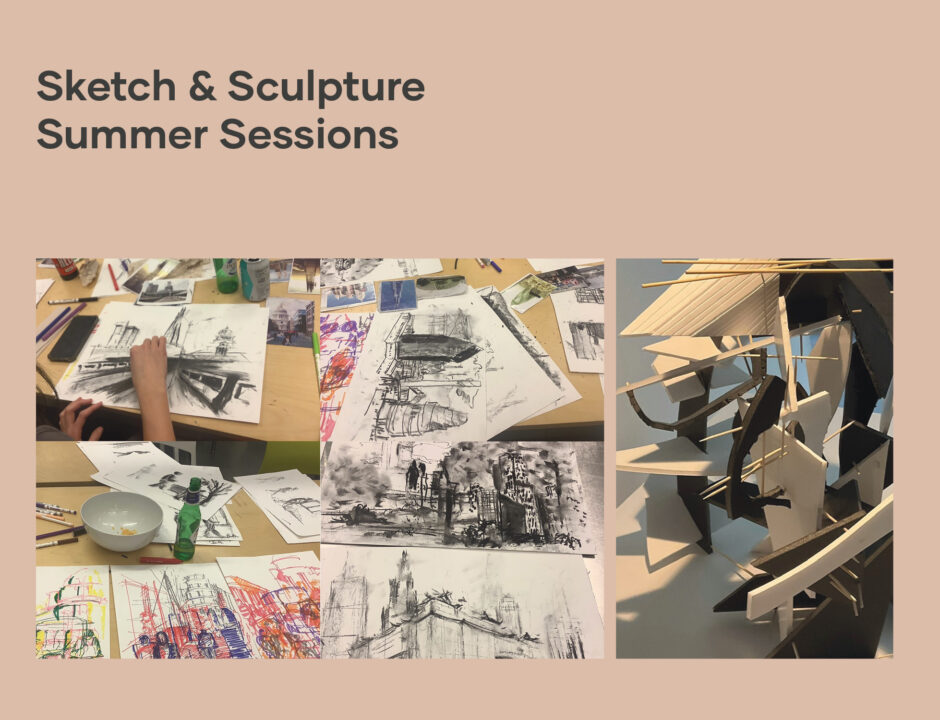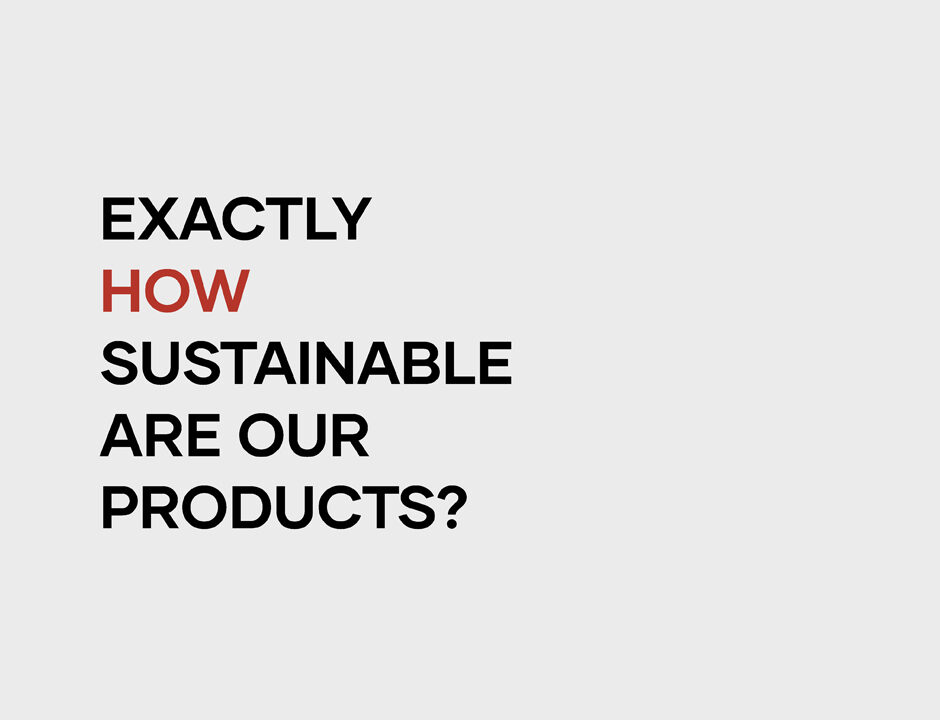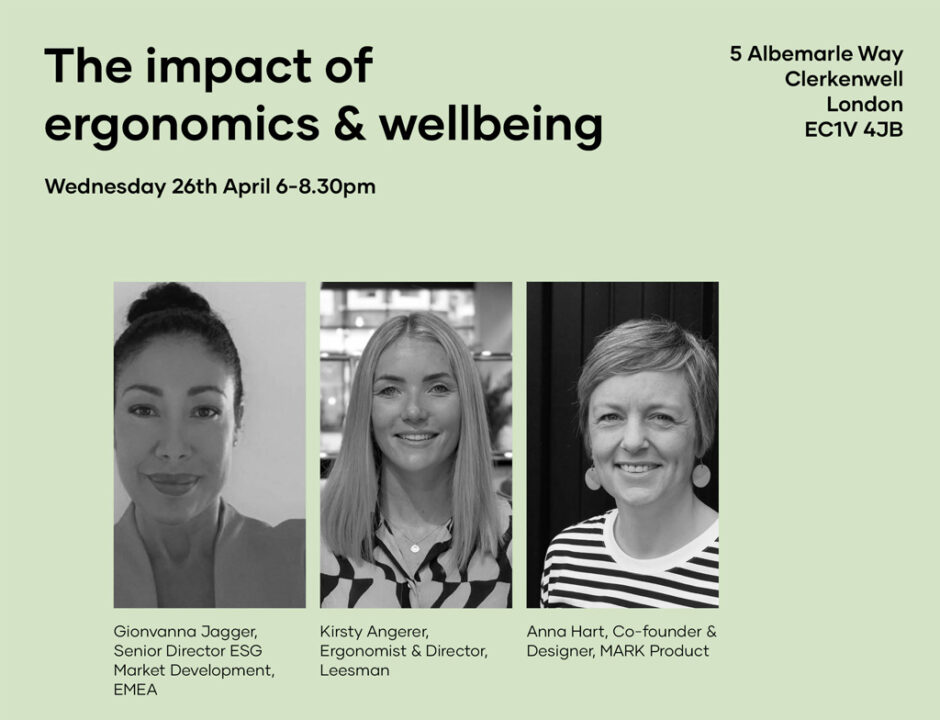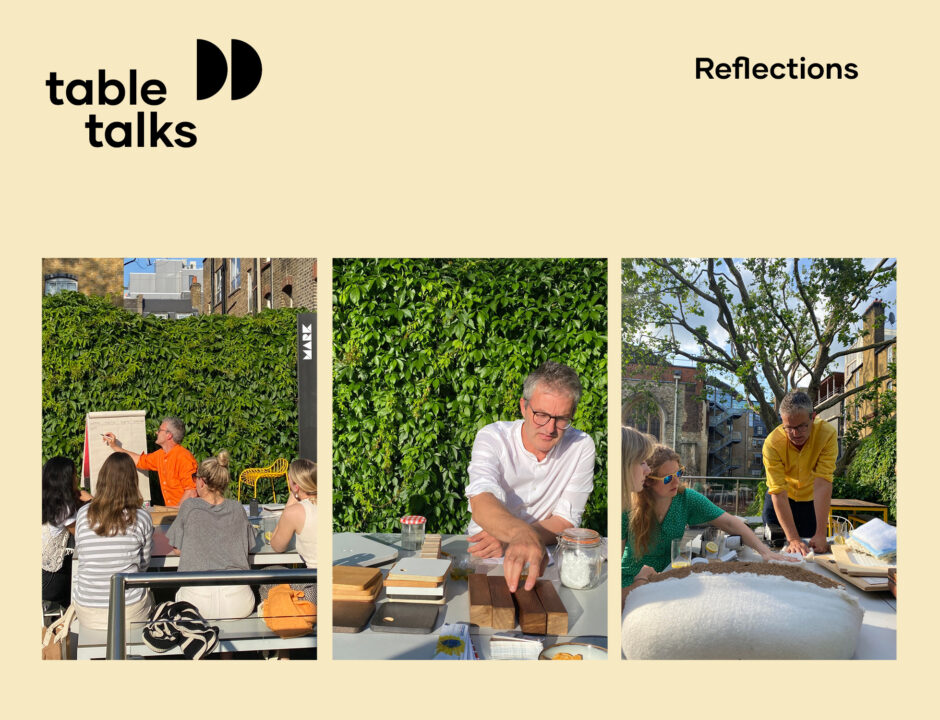
Creating community in the design industry; How to design for a better future
As designers, makers, engineers, manufacturers and architects we have the power and responsibility to create; harmonious to both people and planet.
Born from a desire to share knowledge and facilitate connected thinking, our Summer series of Table Talks delved into the depth of factors that go into furniture design and manufacturing. In our pursuit of taking positive climate action and supporting the community, these talks gave people the knowledge to make informed decisions in their next project and beyond. Making educated choices when cost plays a significant role, it’s vital to understand how materials, textiles, finishes, mechanics and fillings affect things like comfort, durability, recovering, refinishing, recycling and end of life. Comprehending these crucial elements and different stakeholder interests at each stage is key in spotting greenwash and importantly finding best practice.
Back in the 80’s we knew about climate change, and it seems many took the path of least resistance by offshore manufacturing, value engineering, chasing growth and volume. There was a lack of communication and joined up thinking in our industry between designers, makers, clients and marketers. We’re changing that and will share knowledge to ensure a climate positive future for all.
Creating community in the design industry this Summer, we debated, educated and engaged people to take action. Everyone has the power to Do Net Good, so focussing on adding value to reduce, reuse, and repair before recycling, is our responsibility as designers and citizens.
Here’s 10 tips from our Table Talks to design for a better future:
- Ask bold questions and call out nonsense to create change using critical thought to see through PR
- Comfort, function and immediate monetary cost often lead decision making, but consider the environmental cost. Recycled materials are widely ‘evidenced’ as sustainable products but recycling comes after reduce, reuse, repair in the waste hierarchy. Look for EPD’s or similar like our Arris chair
- Ask yourself, who is benefiting? Are local communities and environments being supported both now and in the future?
- Be aware of greenwash statements. For example, false claims of ‘circularity’ – materials that are recycled but are downgraded and therefore not sustainable: Because they can’t be reused in the same way again and again. Or vagueness like ‘Plant-based’ adding a bit of natural fibre to a fossil-fuel derived material isn’t biodegradable or fully circular
- Communicating sustainability in design. Talk to each other. Architects, designers, manufacturers and clients need to widen their circle. Stop throwing marketing material and tick box questionnaires at each other. Work together, challenge each other
- More than ‘does it look nice’. Help people look beyond that and educate about VOCs and considerations like this when selecting finishes. Create value in stories behind natural patinas, longevity, reuse and how it will change over time
- Design for sustainability – How are these materials procured, how did they get to you, where will they go at the end of life?
- Design for durability – both physical and emotional including the ability to refurbish or renew
- Responsible sourcing and manufacturing principles add enormous value and benefit to local communities and carbon reduction
- Challenge circular design claims or the classic ‘it’s alright, it’s all recyclable’ in a product specification. Remember reduce, reuse, repair before recycle
It’s imperative we share knowledge, design for a better future, foster joined up thinking and communicate sustainability in design. Connect through our newsletter where you’ll be the first to know of new talks, educational articles and how MARK is continuing to Do Net Good.
Sign up here
